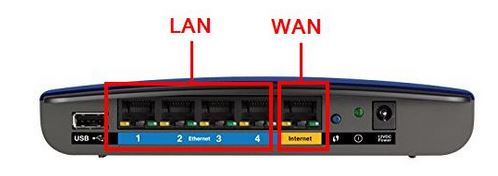Last Updated on July 8, 2015 by Admin
At the beginning of a course of study towards the Cisco CCNA, it is a good idea to have an understanding of basic networking terms and concepts. Here is a list of introductory concepts that you should be familiar with:
LAN – a local area network or LAN is a network that has the following characteristics. It usually exists within a home, building or group of buildings. It is usually administered and managed by a single entity, business, or organization. In addition, a LAN typically consists of some form of an Ethernet network, whether it is Fast Ethernet (100Mb), Gigabit Ethernet (1000Mb), and whether it is implemented in twisted pair copper cables, multimode fiber optic cables, or some form of wireless technology.
WAN – wide area networks are the networks that interconnect all of the local area networks. WANs are typically managed and controlled by internet service providers (ISPs). Instead of using Ethernet, WANs typically implement different technologies like DSL, Cable, T1 and T3 serial lines, PPP, Frame Relay, ATM, etc..
WANs/LANs – To simplify the differences between these two types of networks we can use the example of a wireless router. On the wireless router the LAN ports and the wireless antennas connect to the computers on your local network or LAN, and the WAN port connects to the modem which communicates with your internet service provider on the WAN.
Internet, Intranet, Extranet – What is the difference between the internet, an intranet, and an extranet?
Internet – inter means between, and net is short for networks, so internet literally means between networks. So what is the internet? The network of networks. The network formed by connecting all of the networks together.
Intranet – intra means within and net means network, so intranet means within the network. For instance, when I taught high school I wanted to have my own web server. The school district agreed to let me have my own web server for my students, but it had to be on the intranet only. This meant that the students could reach the webpages but from within the school only. The webserver was not on the internet.
Extranet – extra means in addition to, and net means network, so extranet literally means in addition to the network. An extranet is an area of the network that users who are outside of the network can remotely connect into. This can be done with VPN services, allowing users with permission to VPN into an area of the network.
